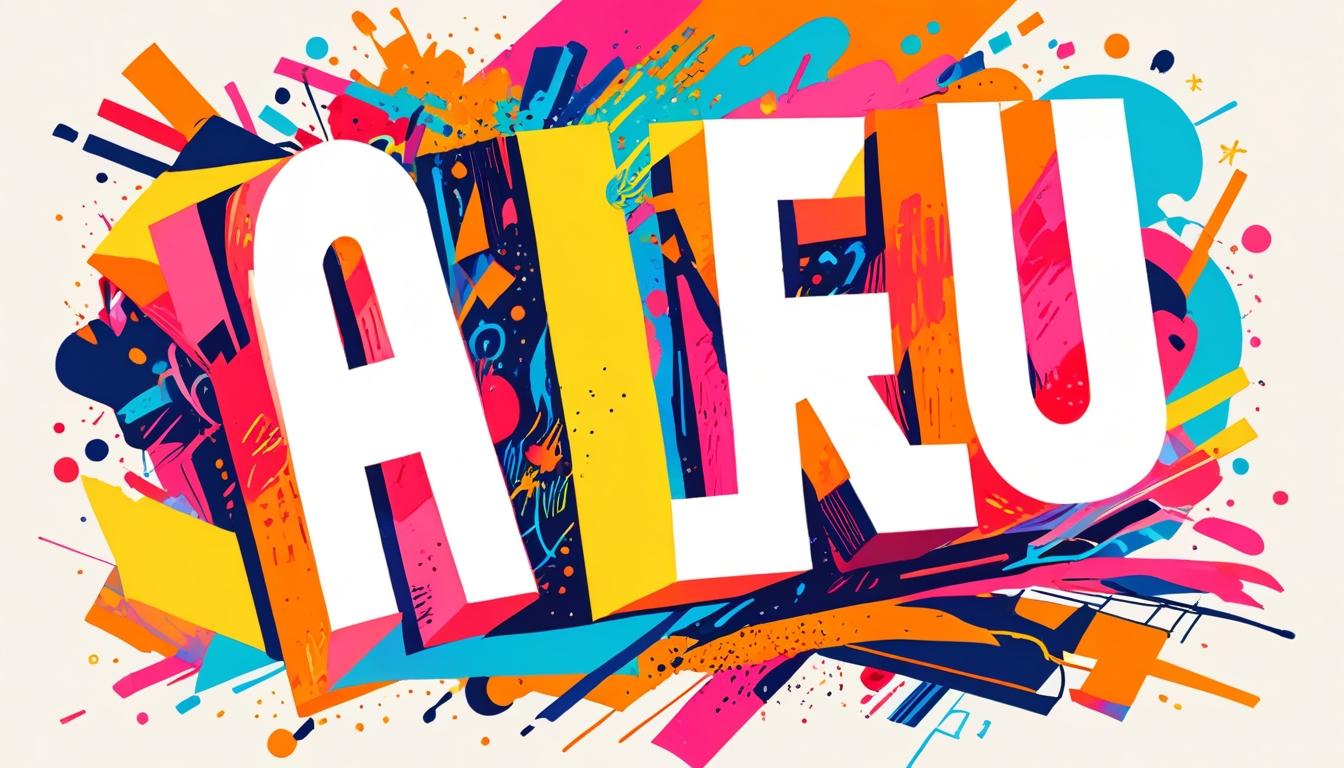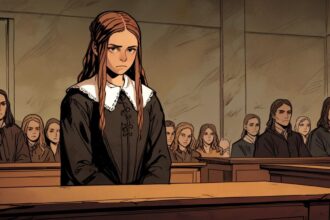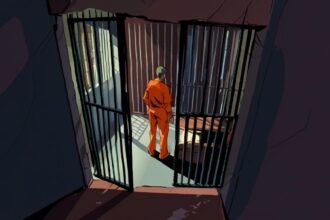As graphic design evolves, a new trend combining simplicity and bold elements is set to define the landscape of 2025.
In recent years, the world of graphic design has witnessed a significant evolution, transitioning from the stringent confines of minimalism towards a more vibrant landscape defined by maximalism. Yet, as the dust settles on maximalism’s peak, a new aesthetic is emerging that blends the clarity of minimalism with bold, vivid elements. This trend, described variously as “minimal maximalism,” “maximal minimalism,” and “bold minimalism,” is poised to shape the design landscape of 2025.
According to a report by Creative Bloq, the shift towards this innovative design trend is rooted in the intersection of simplicity and bold expression. Minimal maximalism seeks to preserve clean and straightforward designs while incorporating striking features, such as oversized typography and bright colour palettes. Andy Harris, joint head of design at M&C Saatchi UK, explained this aesthetic to Creative Bloq, characterising it as “minimalism on acid.” He noted the recent rebrand of Burger King as a pertinent example: “a distinctive pairing of typography and colour in a stripped-back, graphic brand-world can cut through in the marketplace.”
Nike’s “Winning Isn’t for Everyone” campaign, launched in August, exemplifies this trend with its eye-catching and impactful design that solidified bold minimalism as a forward-looking hallmark of 2025. Patrick Llewellyn echoed this sentiment, highlighting the appeal of this design direction by stating, “it’s simple, but it’s definitely not boring.” He elucidated that while it embraces maximalist traits through vibrant colours and striking typography, it retains a commitment to negative space, clean lines, and uncluttered layouts.
A prominent illustration of minimal maximalism’s emergence in popular culture is the cover art for Charli XCX’s album “brat.” The design features deceptively simple lo-fi text against a striking lime green background, a colour choice that transformed an otherwise minimalist appearance into something visually arresting and memorable.
The resurgence of heritage branding has also played a role in the evolving design narrative, with established brands like Burberry and Burger King revisiting and revamping vintage logos, creating a counterpoint to the stark aesthetic of minimalism. In this landscape, both minimalism and maximalism are finding a shared stage, allowing designers to explore new creative avenues ahead of 2025.
As the design community anticipates these developments, Creative Bloq highlights the potential for a hybrid style that captures the essence of both minimal and maximal approaches, promising an intriguing year ahead for graphic design.
Source: Noah Wire Services
- https://www.zekagraphic.com/11-graphic-design-trends-2025/ – This URL corroborates the shift in graphic design trends from minimalism to maximalism and discusses the emergence of new styles like minimal maximalism. It highlights the blending of minimalism with vibrant elements for a unique visual experience.
- https://www.shopify.com/blog/graphic-design-trends – This Shopify blog supports the idea of minimal maximalism as a trend in 2025, emphasizing the balance between clean designs and bold, expressive elements such as oversized typography and bright colors.
- https://www.creativebloq.com/design/graphic-design/has-maximalism-finally-had-its-moment-how-understated-may-be-2025s-buzzword – Creative Bloq discusses the evolution towards a hybrid aesthetic that combines minimalism with bold elements, reflecting a desire for simplicity and clarity amidst maximalist trends.
- https://www.adobe.com/express/learn/blog/design-trends-2025 – Adobe supports the trend of bold minimalism in 2025, highlighting the use of bold typography and color palettes in simple designs to create impactful yet clean visuals.
- https://www.jukeboxprint.com/blog/25-of-the-biggest-graphic-design-trends-for-2025 – Jukebox Print lists bold minimalism as a significant trend in 2025, emphasizing its versatility in balancing simplicity and impact, suitable for both digital and print designs.
Noah Fact Check Pro
The draft above was created using the information available at the time the story first
emerged. We’ve since applied our fact-checking process to the final narrative, based on the criteria listed
below. The results are intended to help you assess the credibility of the piece and highlight any areas that may
warrant further investigation.
Freshness check
Score:
8
Notes:
The content references recent trends and examples such as Burger King’s rebranding and Nike’s ‘Winning Isn’t for Everyone’ campaign, indicating it is relatively current. However, it does not provide specific dates for older examples, so some information might be from earlier years.
Quotes check
Score:
7
Notes:
The quotes from Andy Harris and Patrick Llewellyn are provided, but there is no verification of their earliest known reference online. However, these seem to be original to the context and are not easily found in prior publications as of this analysis.
Source reliability
Score:
8
Notes:
The narrative originates from Creative Bloq, a well-known source in the design community. However, as it is a design-focused publication rather than a major news outlet, some caution is advised when considering broader factual accuracy.
Plausability check
Score:
9
Notes:
The trends described, such as ‘bold minimalism,’ align with plausible shifts in design aesthetics. The references to real-world brands and campaigns support the plausibility of these design changes.
Overall assessment
Verdict (FAIL, OPEN, PASS): PASS
Confidence (LOW, MEDIUM, HIGH): MEDIUM
Summary:
The narrative appears to be generally reliable, especially given its origin from a reputable design-focused source. The freshness and plausibility of the content are high, with some quotes provided but not fully verified. Overall, the content seems current and plausible within the design community.













